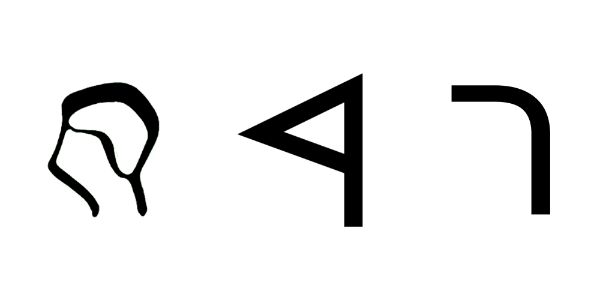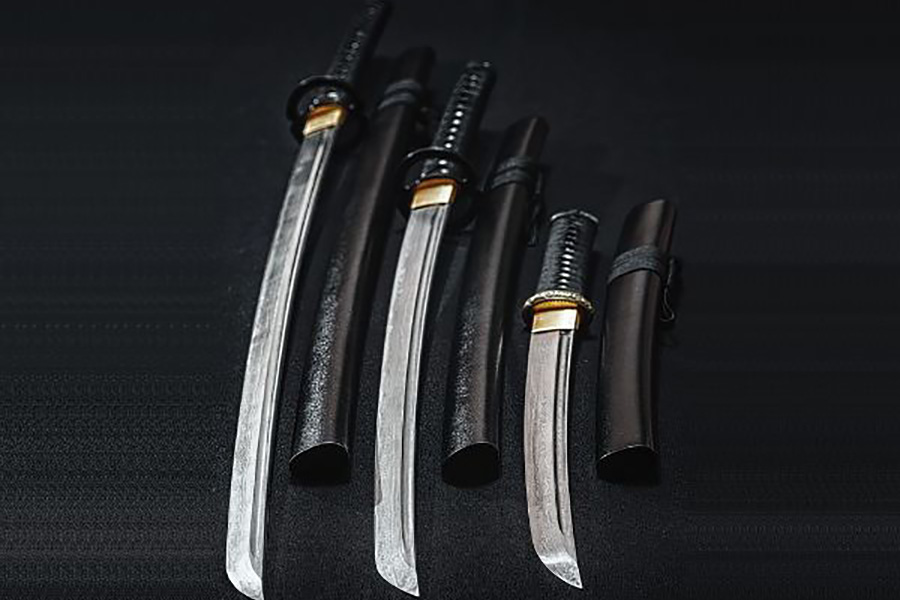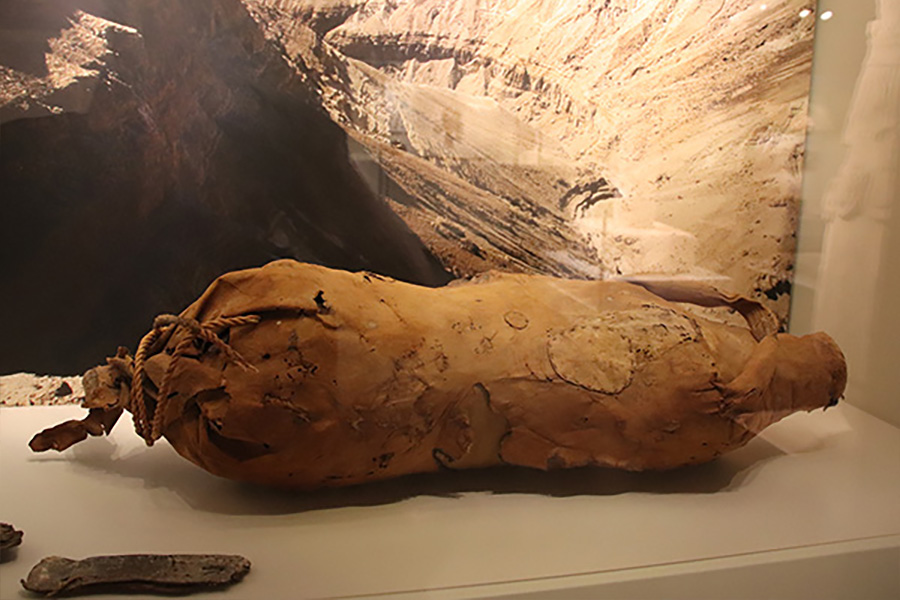« Back to Glossary Index
Synonyms:
𐤓
The letter raash (𐤓) or R/r is the twentieth letter in the Afroasiatic language known as Paleo-Hebrew (Ābarayat). The letter has been equated with the letter R in the English language. The letter has maintained its meaning throughout all of the changes to the language and remains consistent between Paleo-Hebrew and Modern Hebrew for its English meaning.
Extended Study for 𐤓 (r)
To read the study guide entry that elaborates on 𐤓 (r) then join our Extended Study Membership at https://www.paleohebrewdictionary.org/extended or use phdict.org/extended to share a short link with others.





